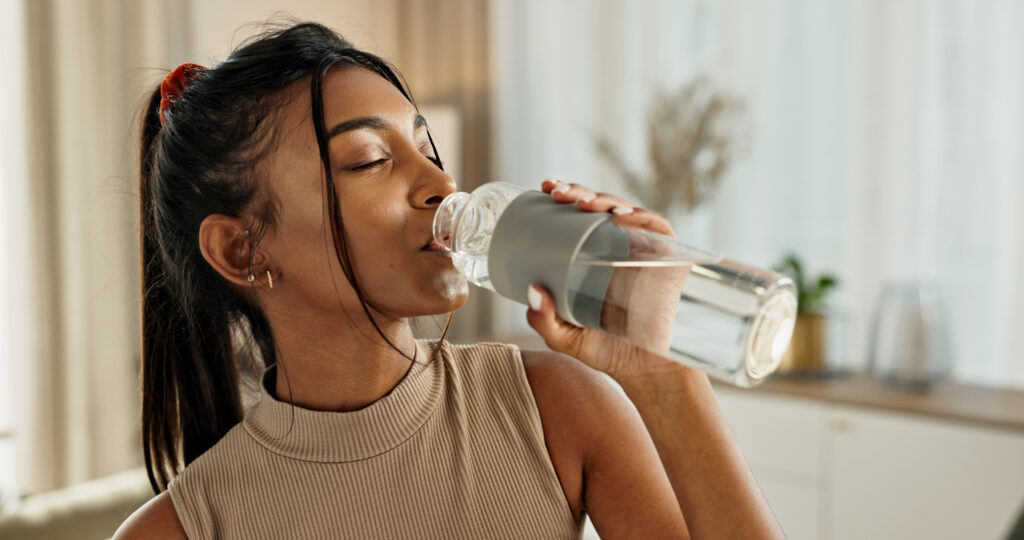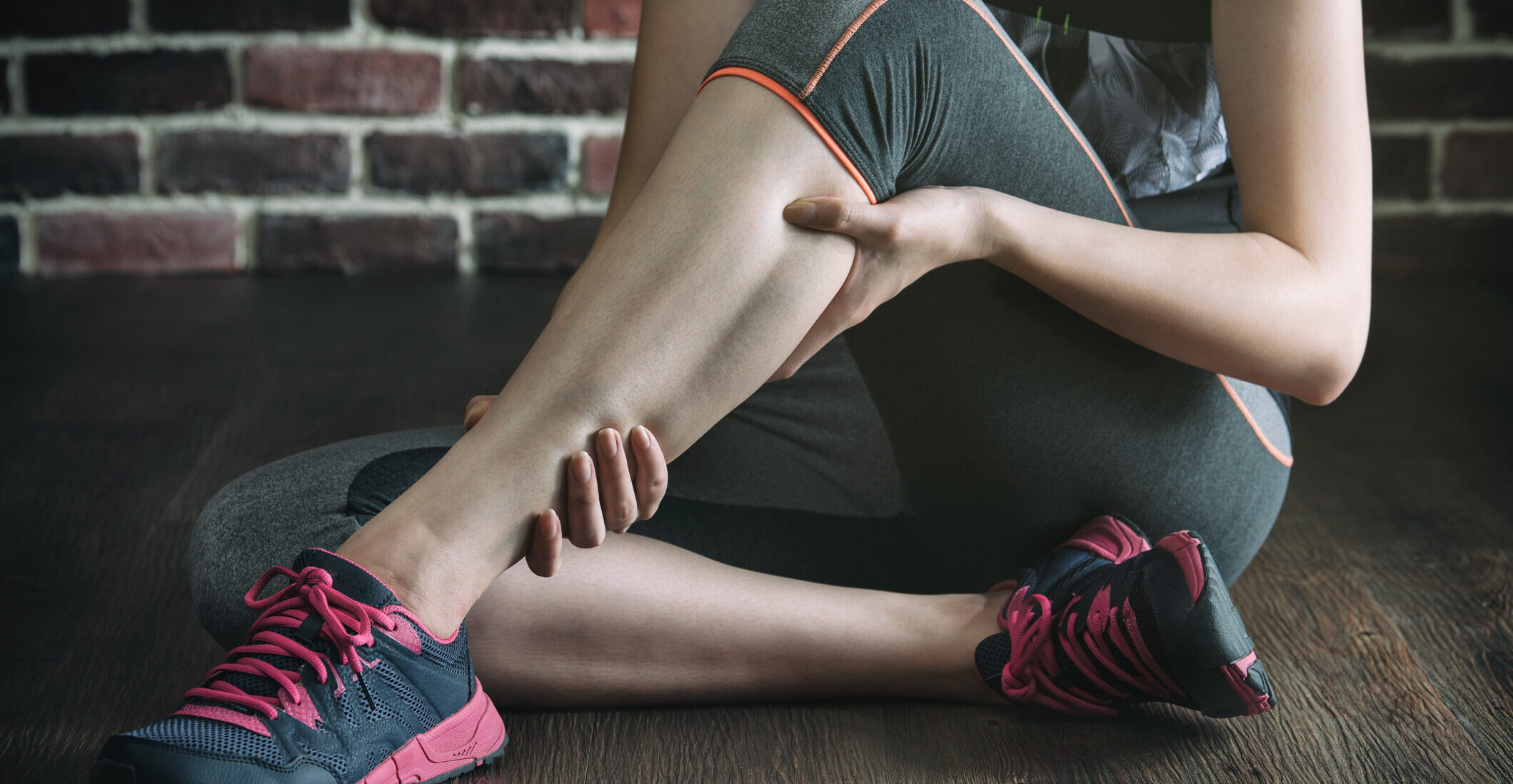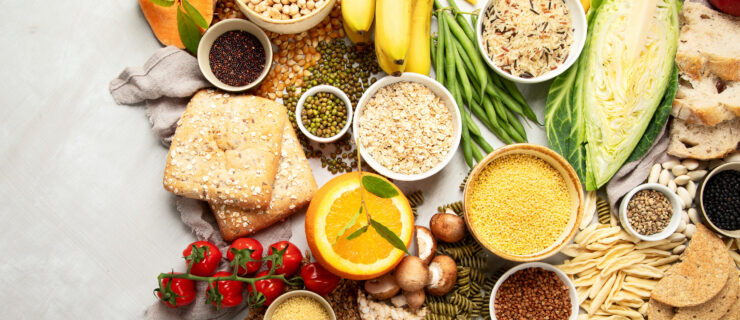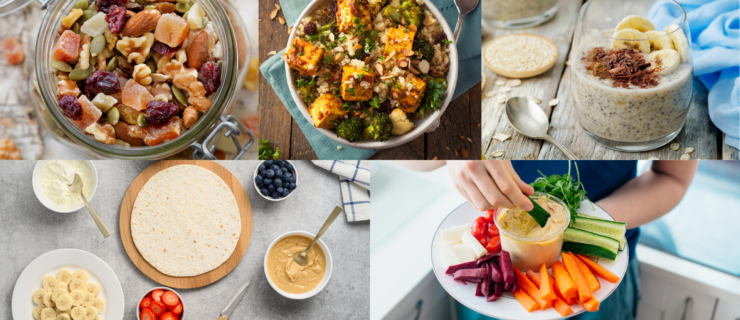Ask a Dance Dietitian: Are There Foods That Prevent or Alleviate Muscle Cramps?
Are there foods that can help prevent or alleviate muscle cramps while you dance? —Clare
If you’re experiencing muscle cramps, then chances are you’re struggling to access your full range of motion. Despite there being limited research that supports a direct association between food and muscle cramp prevention, we can use tangible strategies to help alleviate symptoms that may exacerbate cramping (like fatigue, joint stiffness, and soreness). One caution: When discussing food’s impact, sometimes dancers rely on a narrowed approach and avoid certain foods in hopes of finding relief. This is not what I suggest.
Rather, aim for an inclusive approach that treats meals and snacks as opportunities to give your body the fuel it needs. Carbohydrate-rich foods like bread, pasta, rice, fruits, and legumes are energizing, so including them in your meals and snacks will combat the fatigue that can predispose you to cramping. Omega-3 fatty acids found in fish, flax, chia seeds, and walnuts possess anti-inflammatory properties that help reduce joint stiffness. Preliminary studies have examined the antioxidative impact of tart-cherry juice as a remedy to relieve muscle soreness, but these claims are still in their infancy. While it may not be magic, if you enjoy tart-cherry juice, give it a try!

Dehydration can worsen muscle cramps. Hydrating will help you clear the metabolic waste (lactic acid) that builds up in your muscles. Drink plenty of water throughout the day, especially right before, during, and after intense dancing. Electrolyte-rich drinks like coconut water or sports drinks can also replenish essential minerals, particularly sodium and potassium, lost through sweat. (Eating foods that are rich in those minerals is a bonus—bananas, potatoes, spinach, yogurt, and almonds are examples.) In addition, preliminary research suggests that foods abundant in vitamin D, like mushrooms, fatty fish, and dairy, among others, may help alleviate cramping.
Your efforts to relieve and prevent muscle cramping need not be limited to food. Self-care practices like self-massage, foam rolling, and dynamic stretching can also help. Last is the simple reality of rest and recovery—a piece of the wellness puzzle that most dancers struggle to prioritize. Ensure you’re getting enough sleep each night to allow your body to repair and recharge. While specific recommendations are different for each dancer, eight hours a night is a great goal. Include rest days into your schedule, and wear proper footwear, like supportive sneakers, outside of the studio.
Have a question? Send it to registered dietitian nutritionist Rachel Fine at [email protected]. She’ll be answering questions on Pointe+ each month. Ask a Dance Dietitian responses are for informational purposes only and should not be a substitute for individual medical or mental health advice.







